Last night at dinner, one Nasser Al-Attiyah, the winning driver of this year’s Dakar Rally, jokingly said something along the lines of: “If he’s speaking French, I know something is really wrong.” The he in question is Al-Attiyah’s butter-wouldn’t-melt co-driver, Mathieu Baumel.
It’s Baumel’s heavily sculpted race seat that I’m strapped into now, contemplating not only how we’re going to get around a hairpin so ridiculously imminent that it makes the fact that Al-Attiyah’s right foot remains flat to the floor seem darkly comic, but also at what point Baumel would be deploying his mother tongue. Now? Now!?
In the end, the urge to scream “MERDE!” never boils over into actual speech. For this I will be forever grateful, and soon we’re heading in the opposite direction to only moments before, exiting the corner from a dense, rising cloud of red dust.
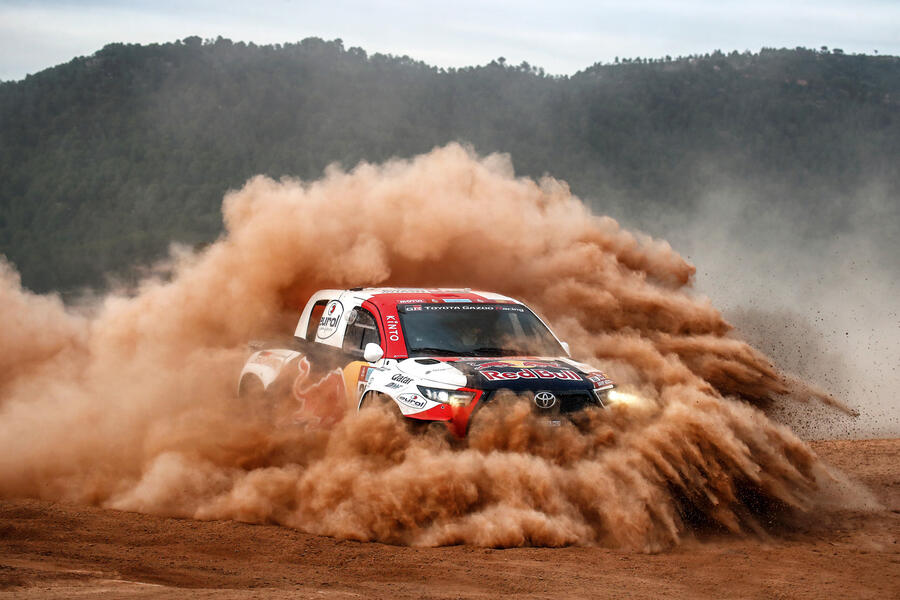
Truly, what an incredible spectacle this must be from the outside. Much like watching a Formula 1 car splice Maggotts and Becketts, seeing wouldn’t instantly translate to believing. And all in a two-tonne pick-up truck.
We’re at Al-Attiyah’s 200-hectare ranch in the Montserrat mountains near Barcelona. The Qatari developed this place during lockdown, and while the main house itself is an imposing period affair, it’s the various rally trails that make it a dream-like vision for people like you and me.
We’re out here to have a poke around Toyota’s GR DKR Toyota Hilux T1+, hitch a white-knuckle ride with Al-Attiyah on this home turf and find out what it’s like to drive what is, on paper, the most capable rally-raid machine around – something that makes even the Bowler Bulldog look a bit pedestrian, if that isn’t blasphemous to say.

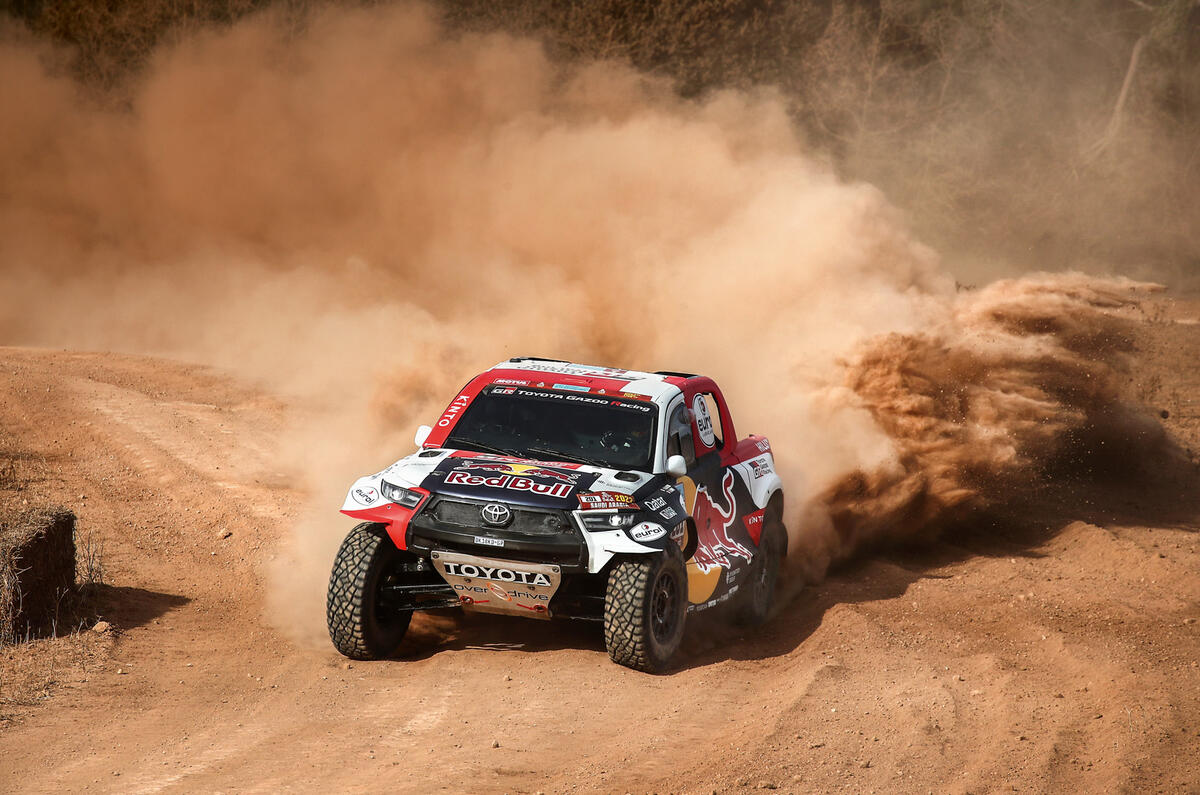
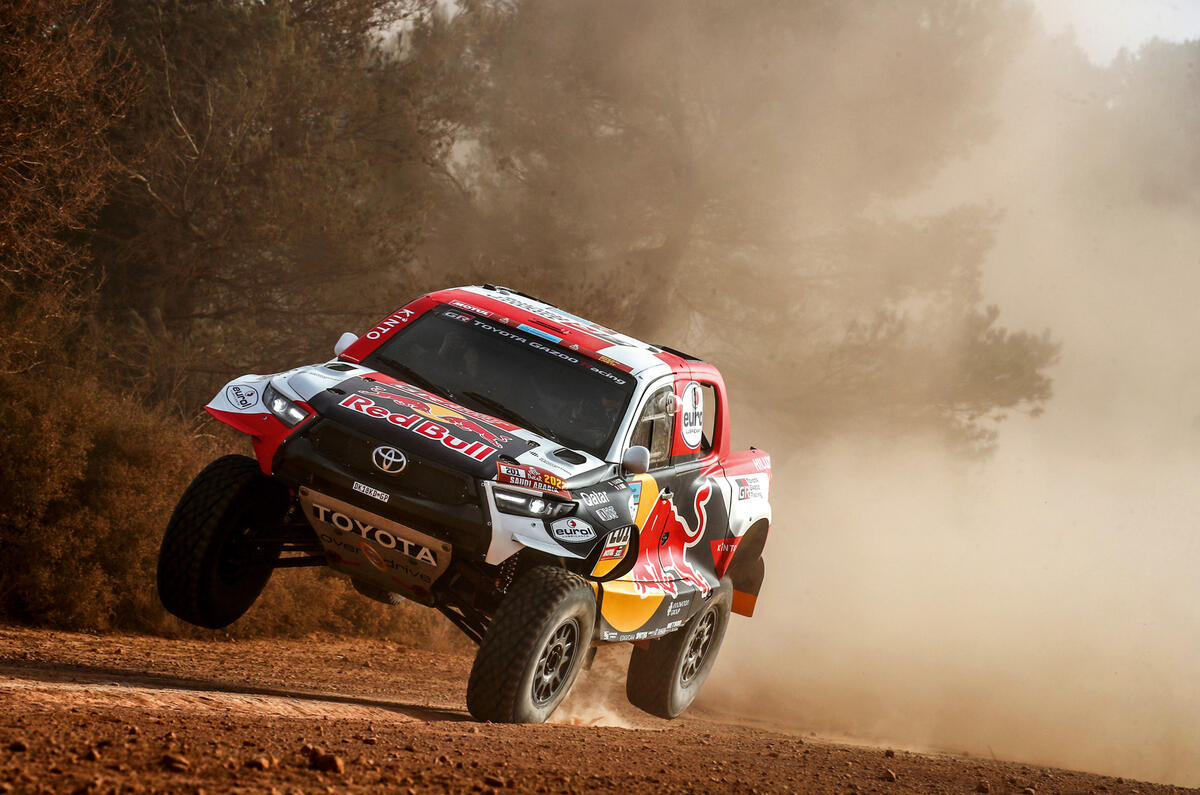
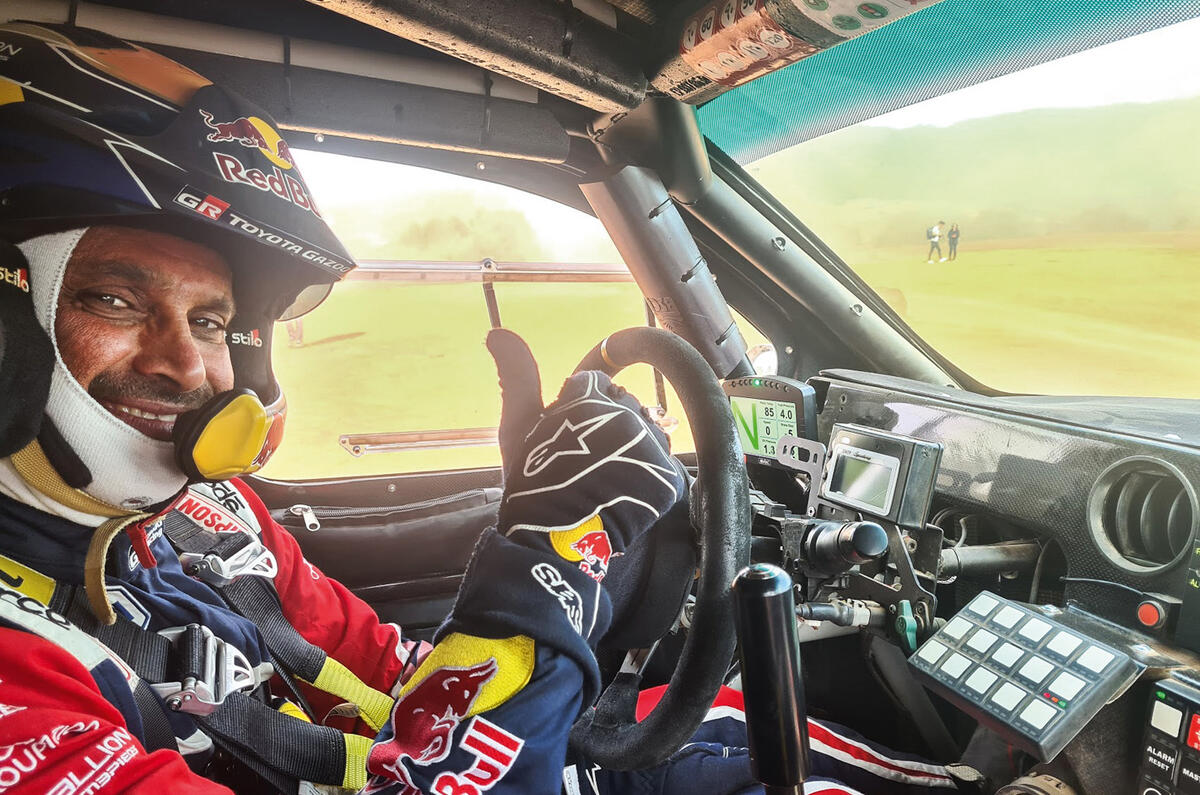
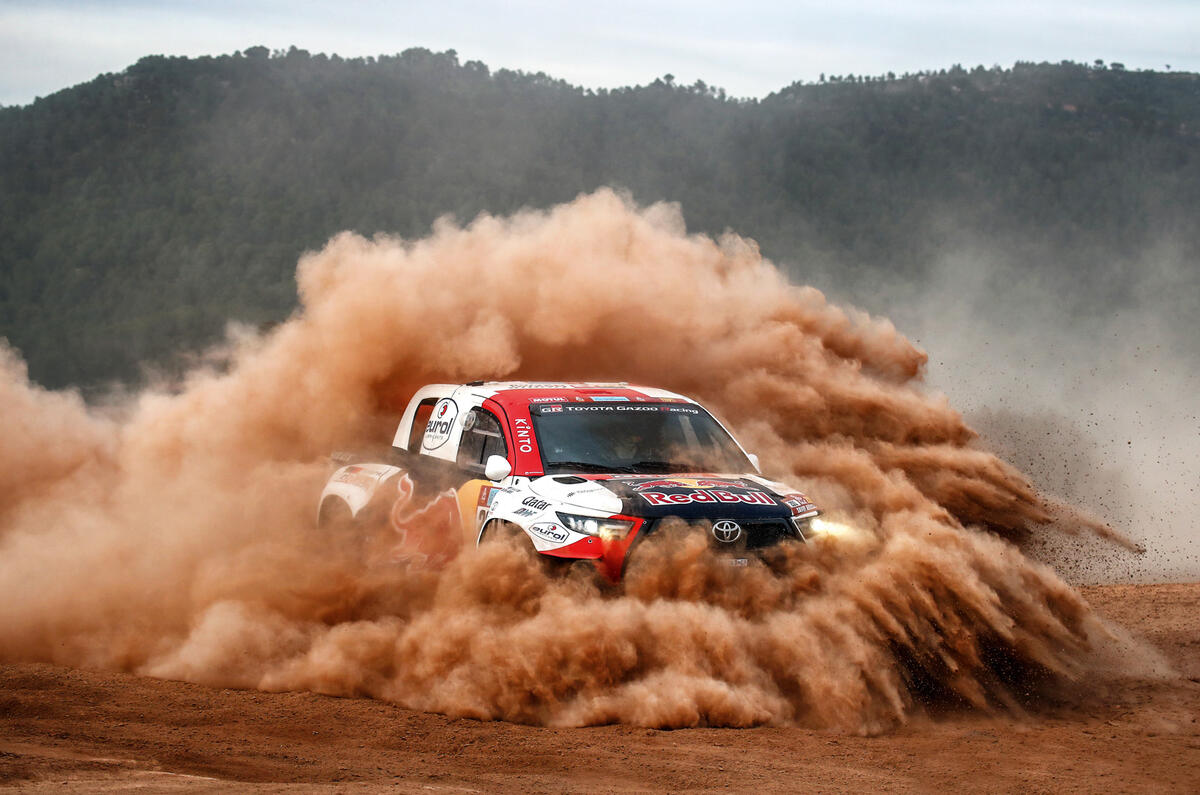
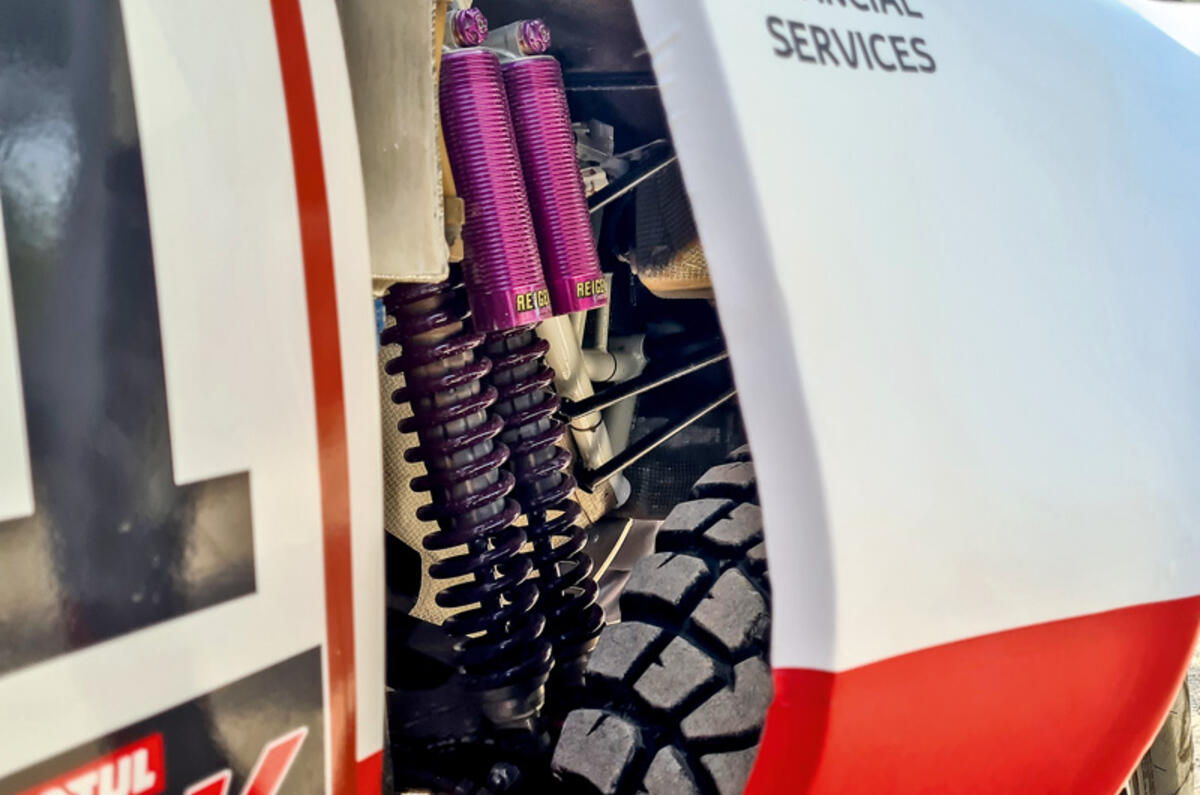
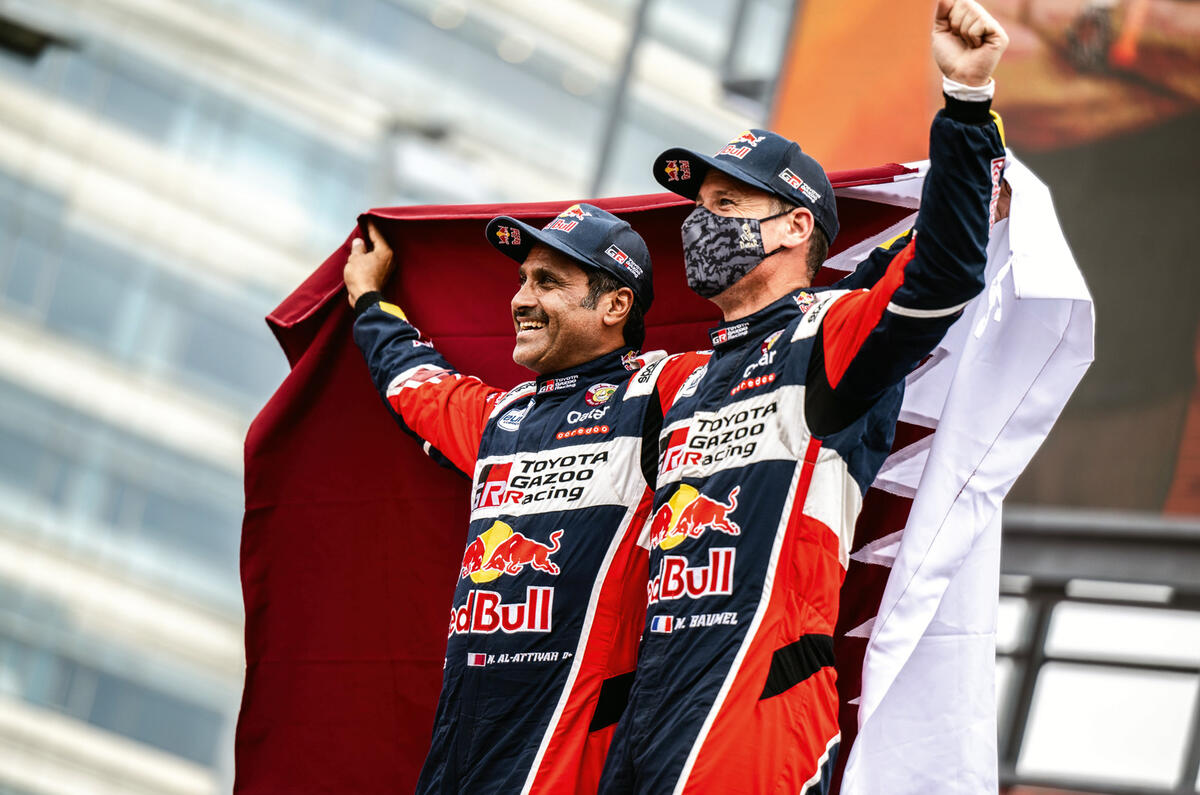
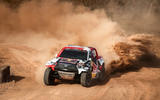

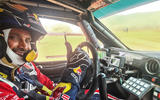
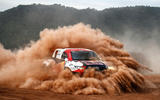
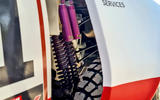



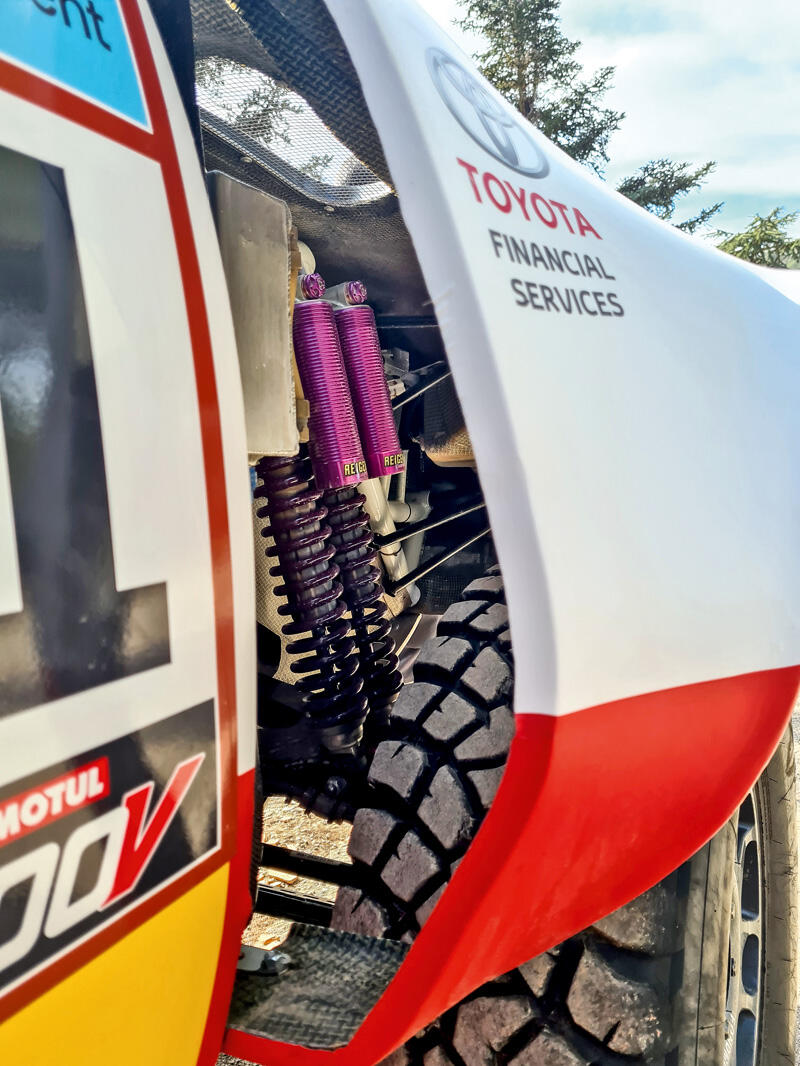
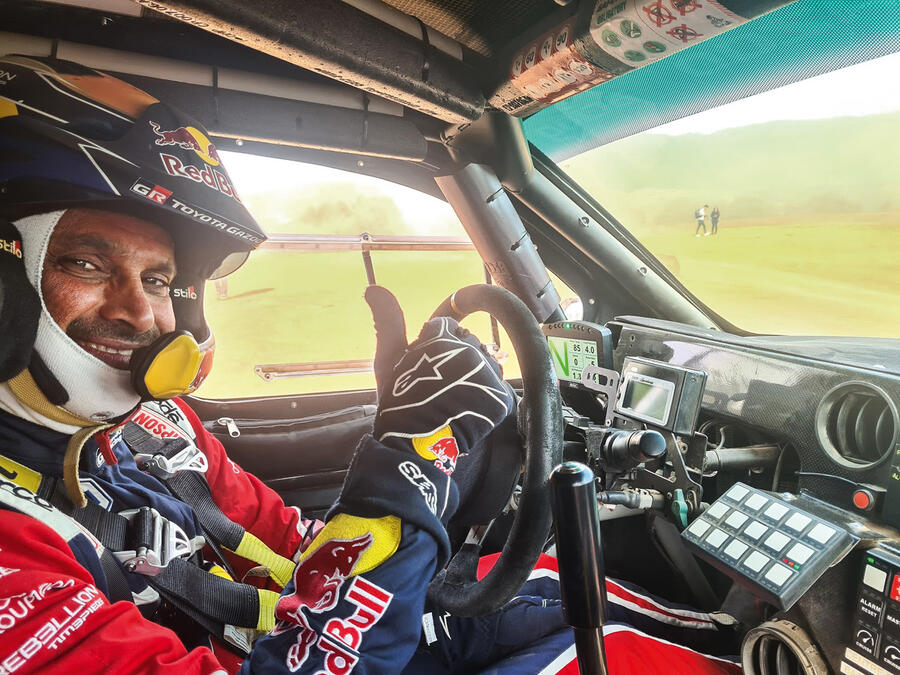







Join the debate
Add your comment
Great article